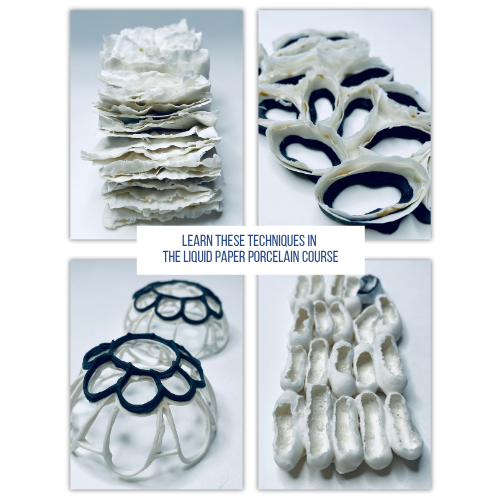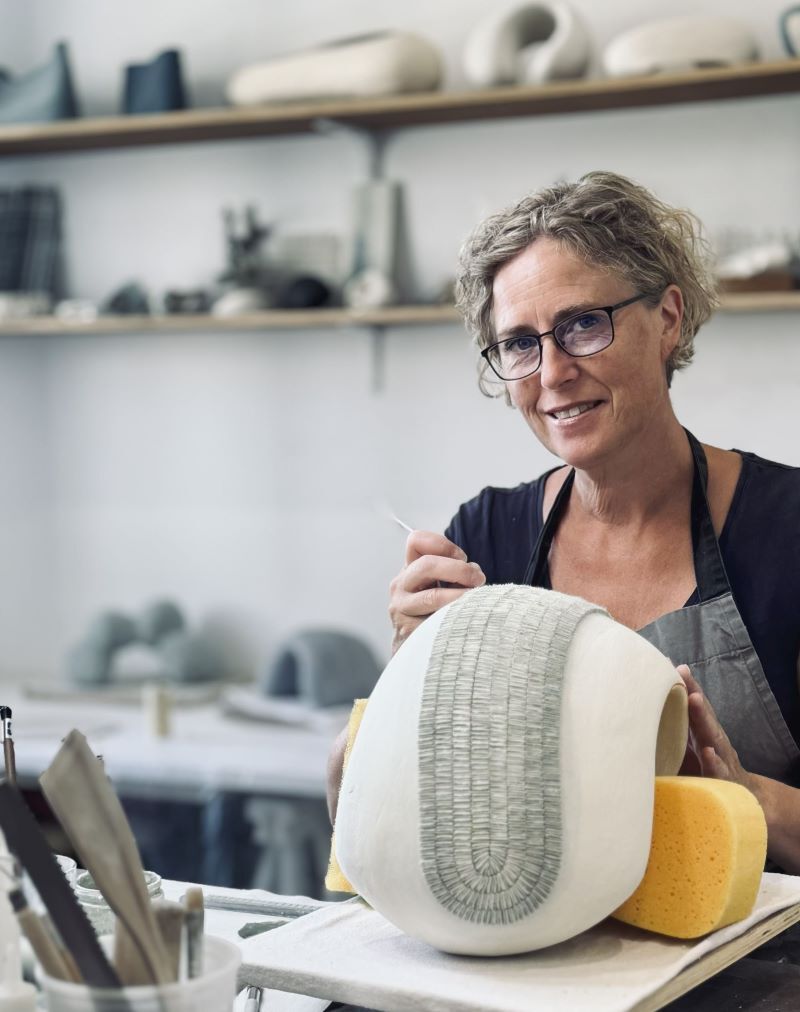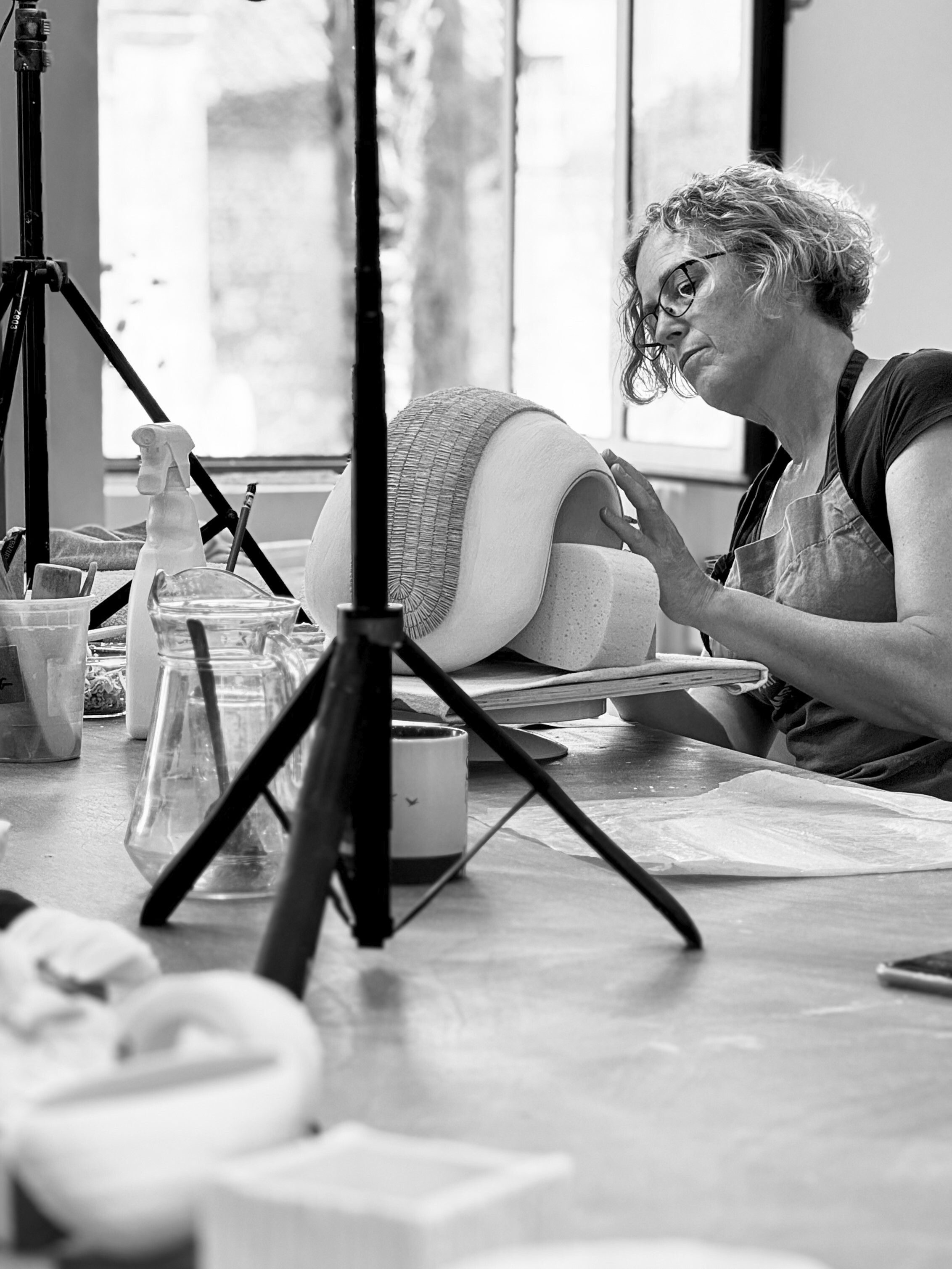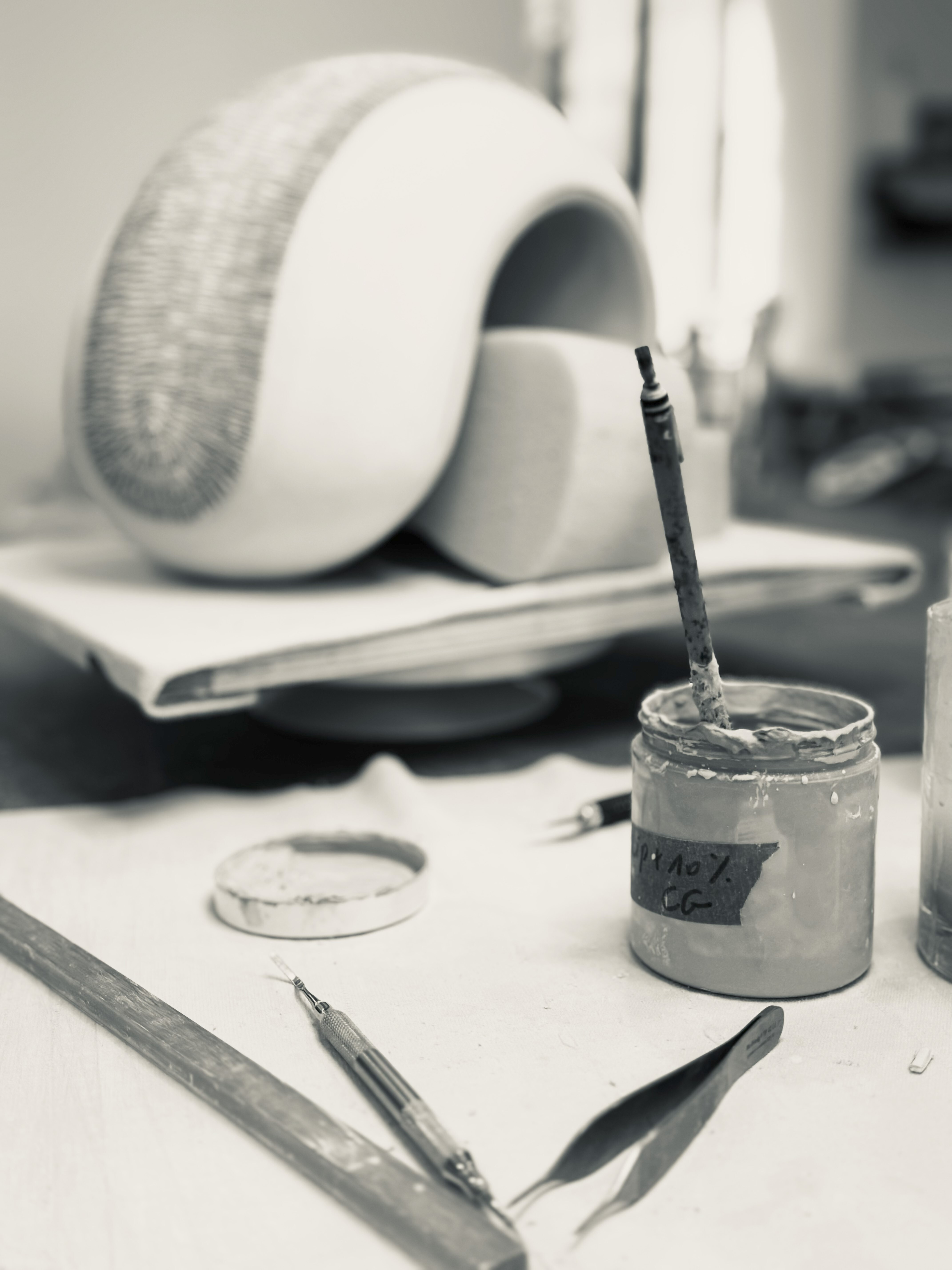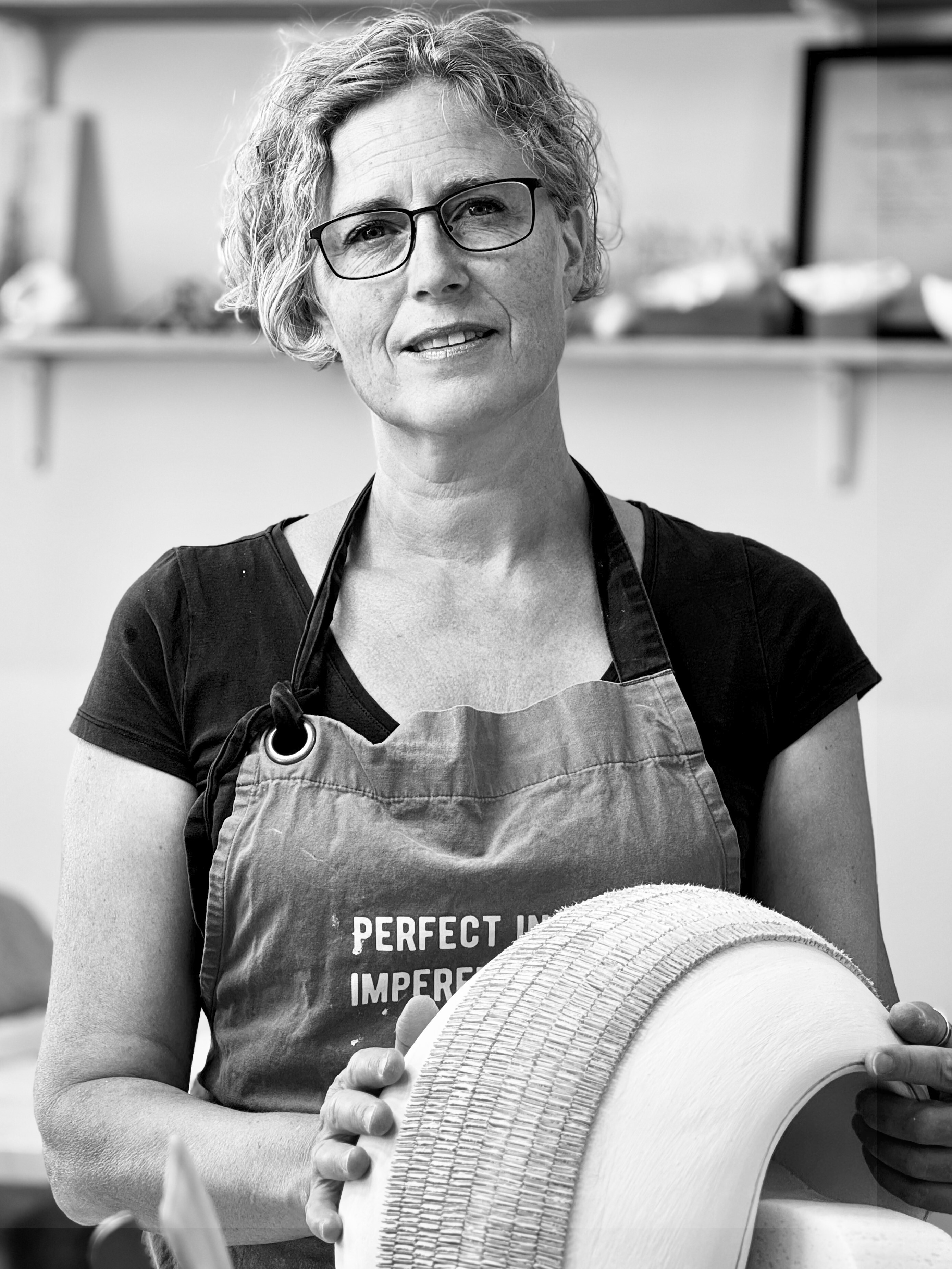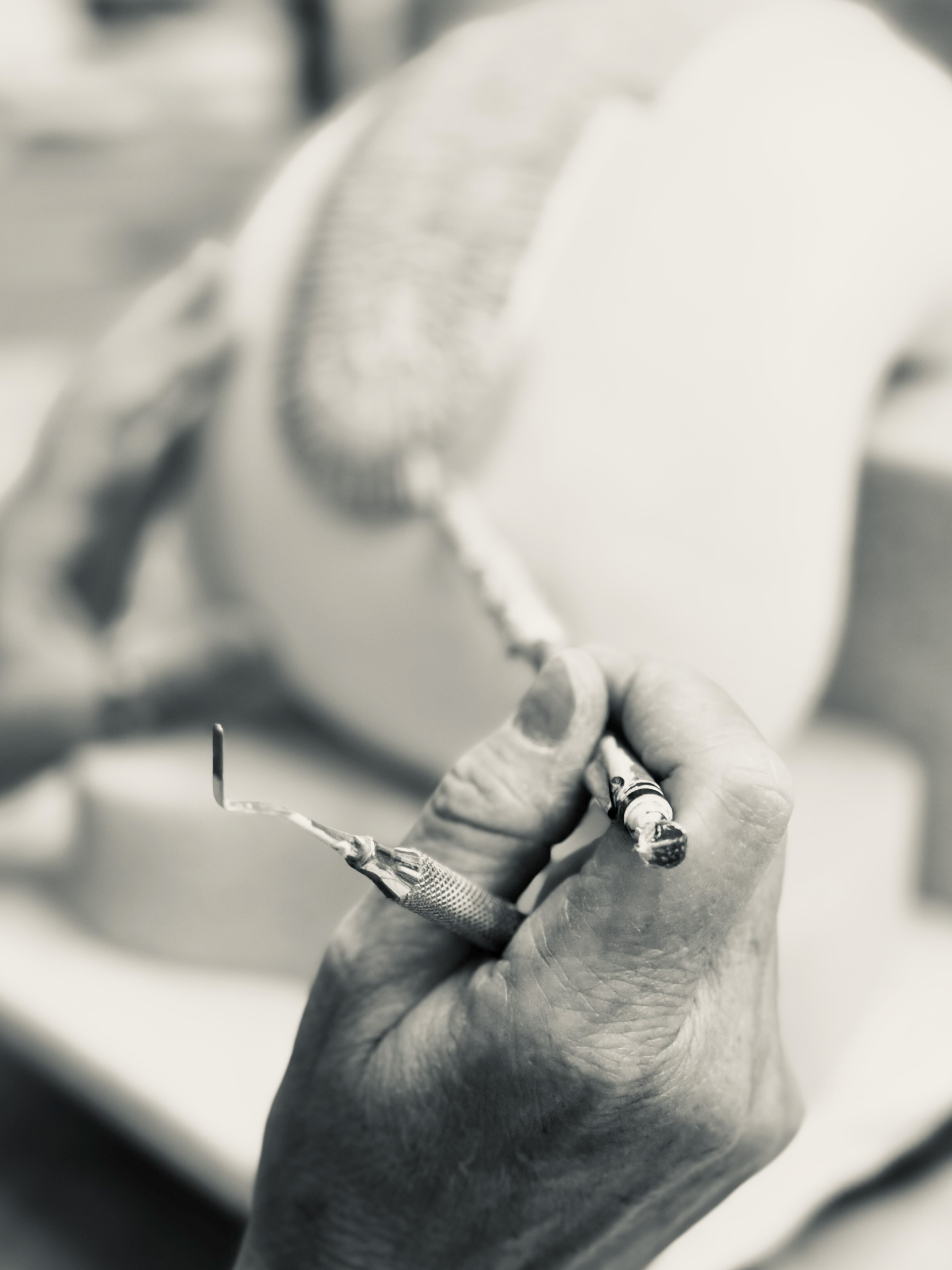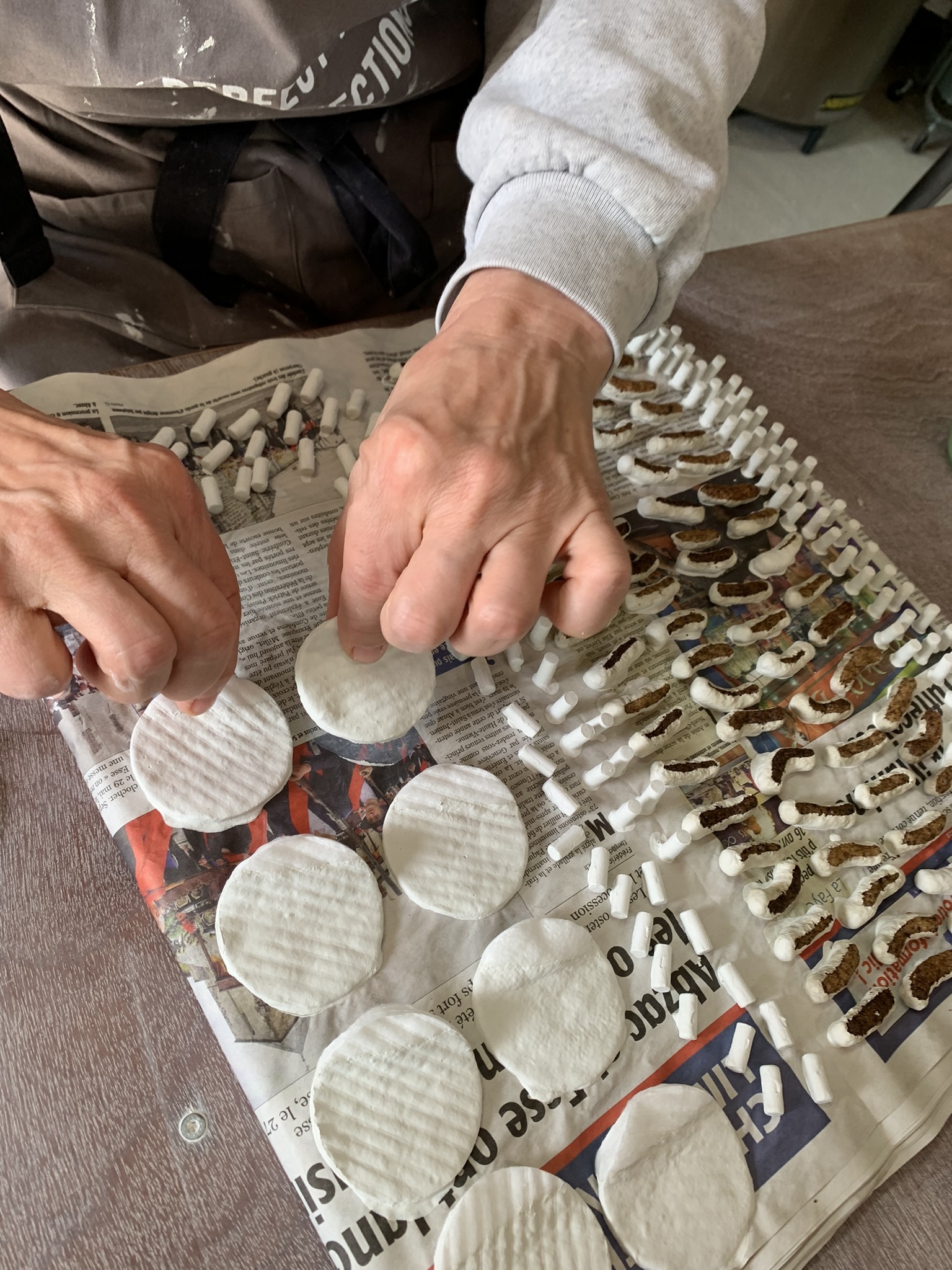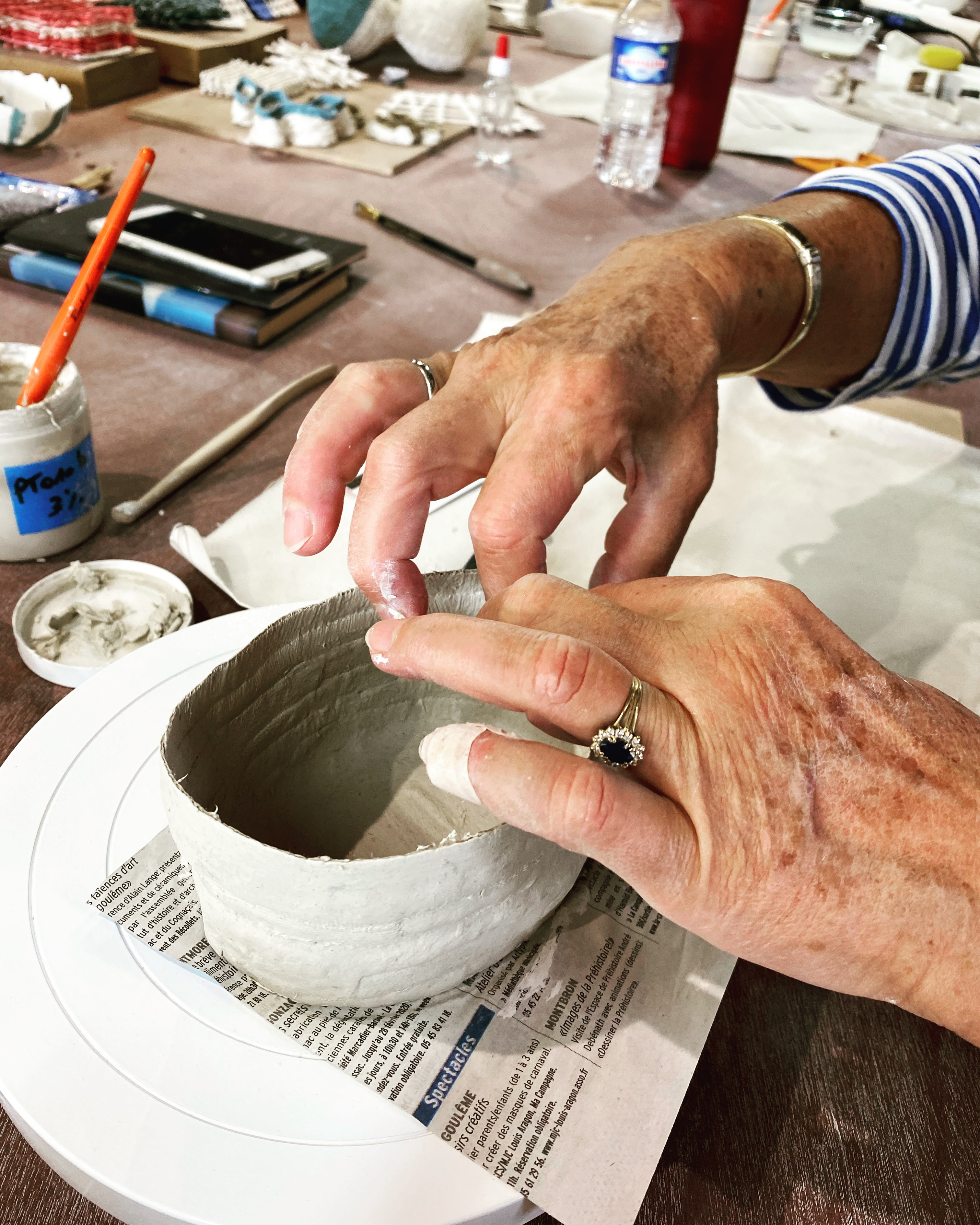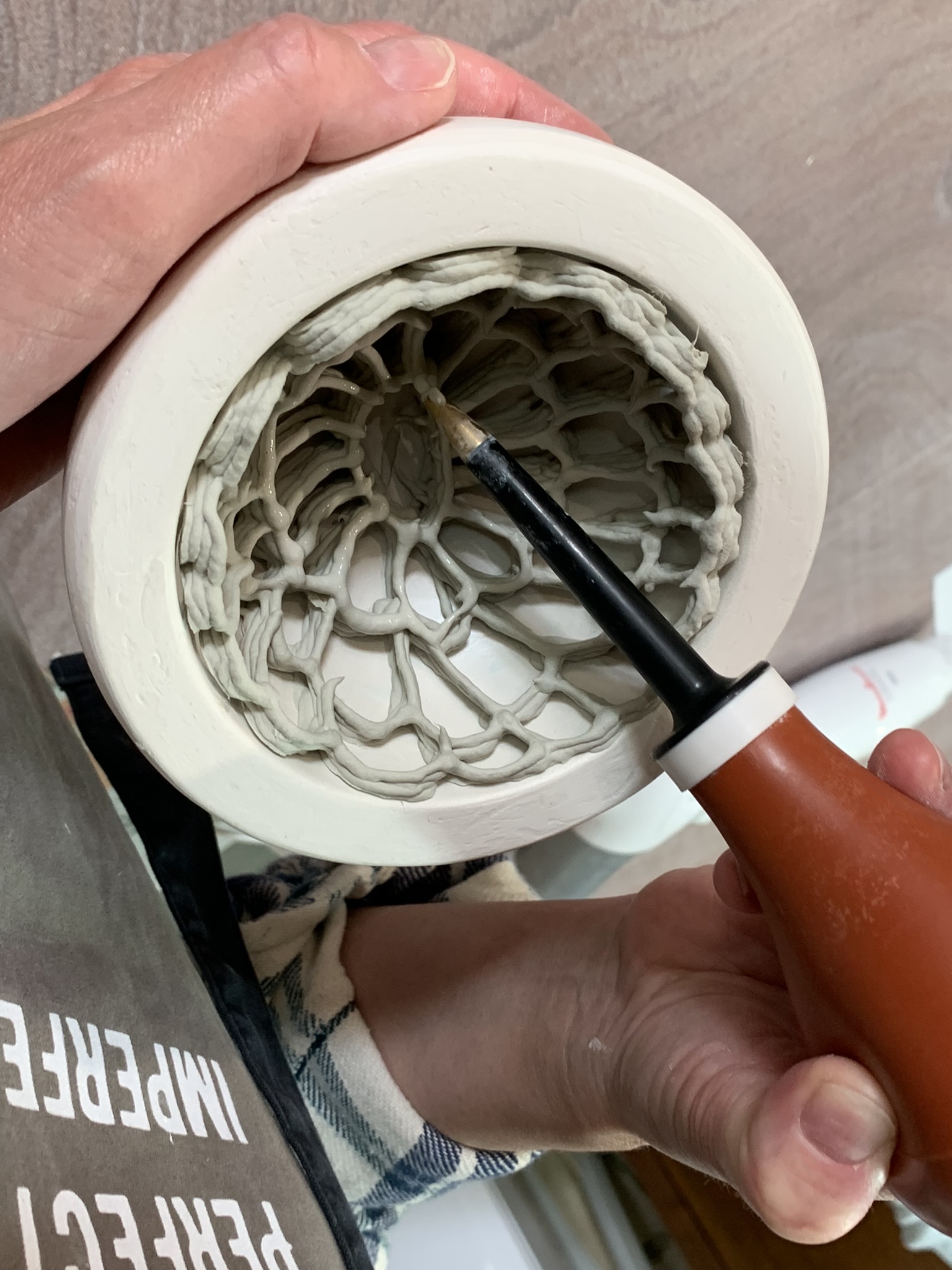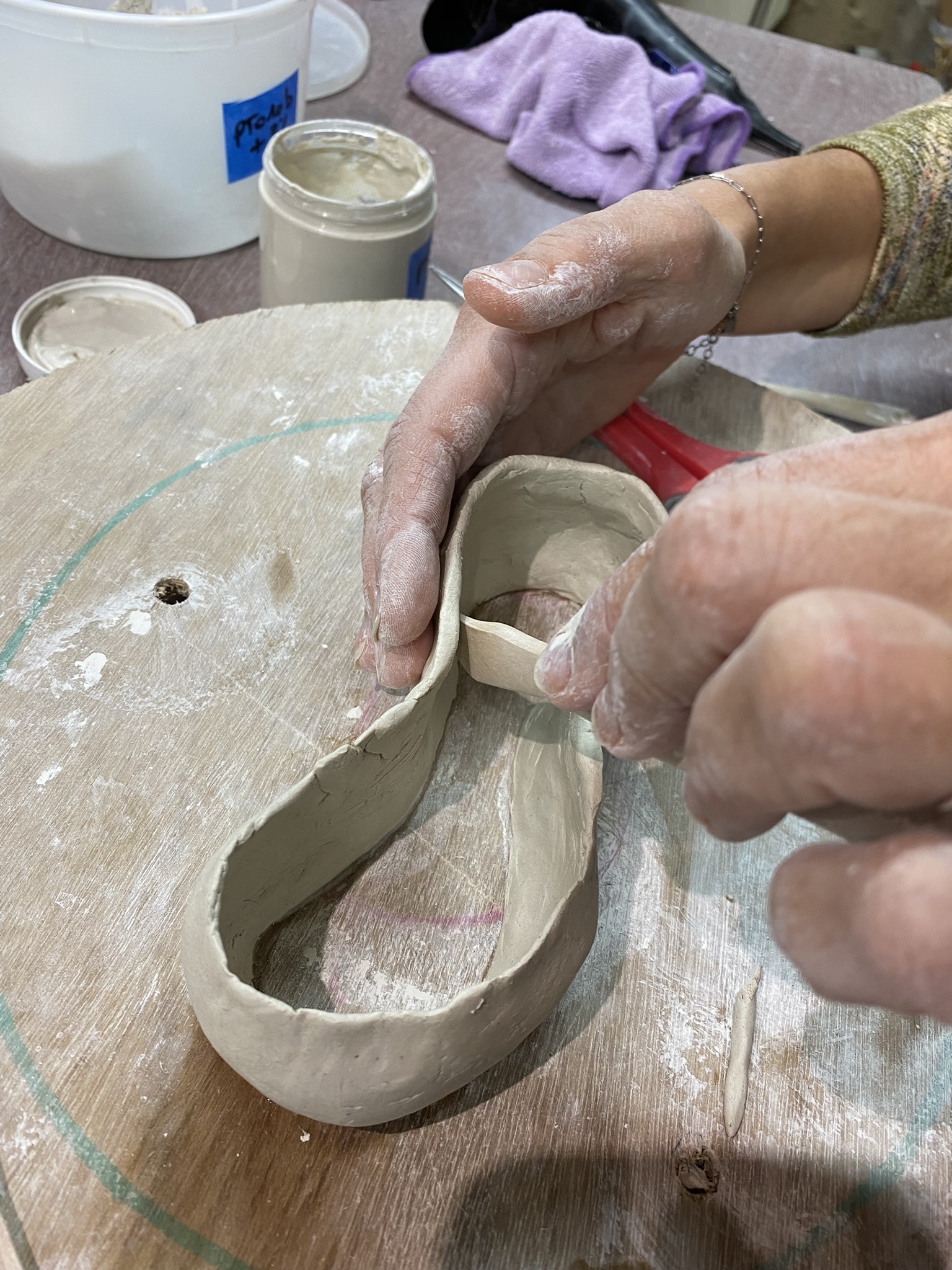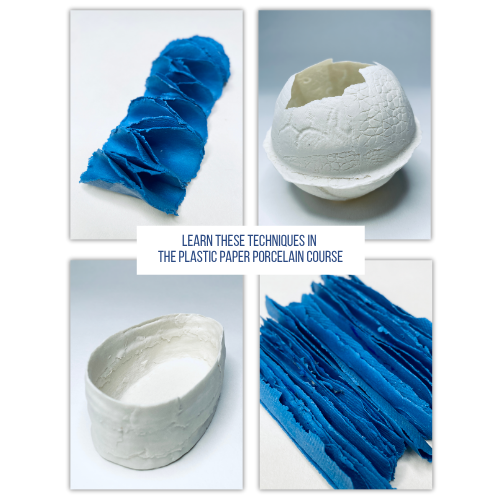
Have you ever seen ceramic sculptures so delicate they seem to defy gravity? Pieces with walls so thin they're translucent, and forms so intricate and complicated they appear too fragile to even touch?
You're looking at the power of paper porcelain, and those "impossible" results, even the most complex forms, are achievable with the right guidance.
